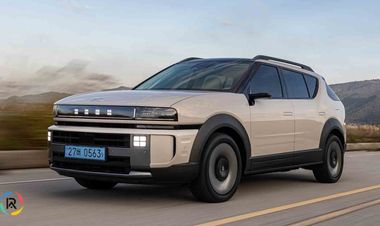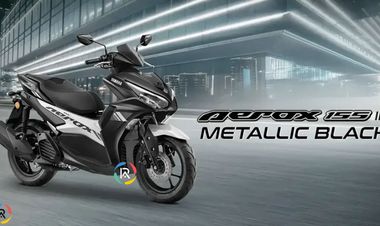Aurora, Canada- Magna International Inc., is accelerating the industry’s move toward a cleaner future with the launch of its Innovation Dual Clutch Transmission Eco (DCT Eco) solution for a European OEM. This contract represents the first high-volume award for this new transmission family and will support multiple models in global markets that utilize internal combustion engine (ICE)
Magna’s DCT Eco can be readily adapted for both ICE and hybrid powertrains on the same platform with minimal modifications. Its modular design offers high efficiency and a strong torque-to-weight ratio in a compact form, resulting in significant CO₂ reductions in conventional B- and C-segment vehicles.
Mr. Diba Ilunga, President Magna Powertrain, said, "We are taking an agnostic approach in supplying power to wheels, and our DCT Eco is a great example of a cost-efficient and flexible solution. We are seeing increased customer demand for hybrids worldwide to further reduce CO² emissions. While our transmission award will support non-hybridized ICE vehicles, our Eco product family can serve as a stepping-stone for any customer looking to facilitate future hybridization of their vehicle platforms without the need for expensive vehicle restructuring.”
Magna’s building block strategy facilitates the easy scalability of the DCT Eco, allowing OEMs to hybridize their platforms while maintaining the same Dual Clutch Transmission architecture. Magna's HDT Eco (Hybrid Drive Transmission) options, which include 48V and high-voltage configurations, along with the DHD Eco (Dedicated Hybrid Drive), support a range of applications from 48V mild hybrids to 120 kW 400 Volt solutions. Production for this program has already commenced, and the DCT Eco was successfully launched in several vehicle models earlier this year in South America, with various European models expected to follow in 2025.







